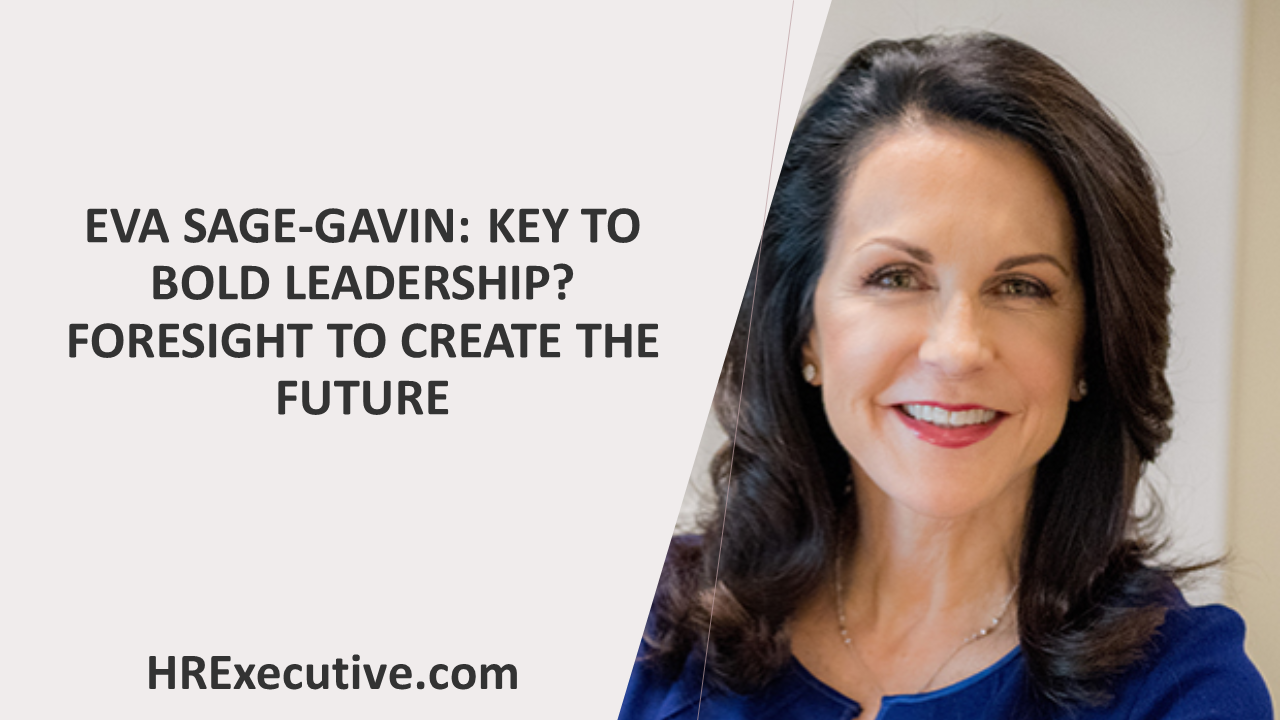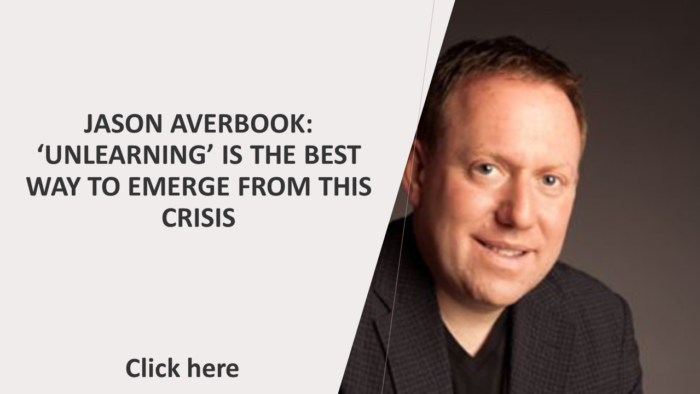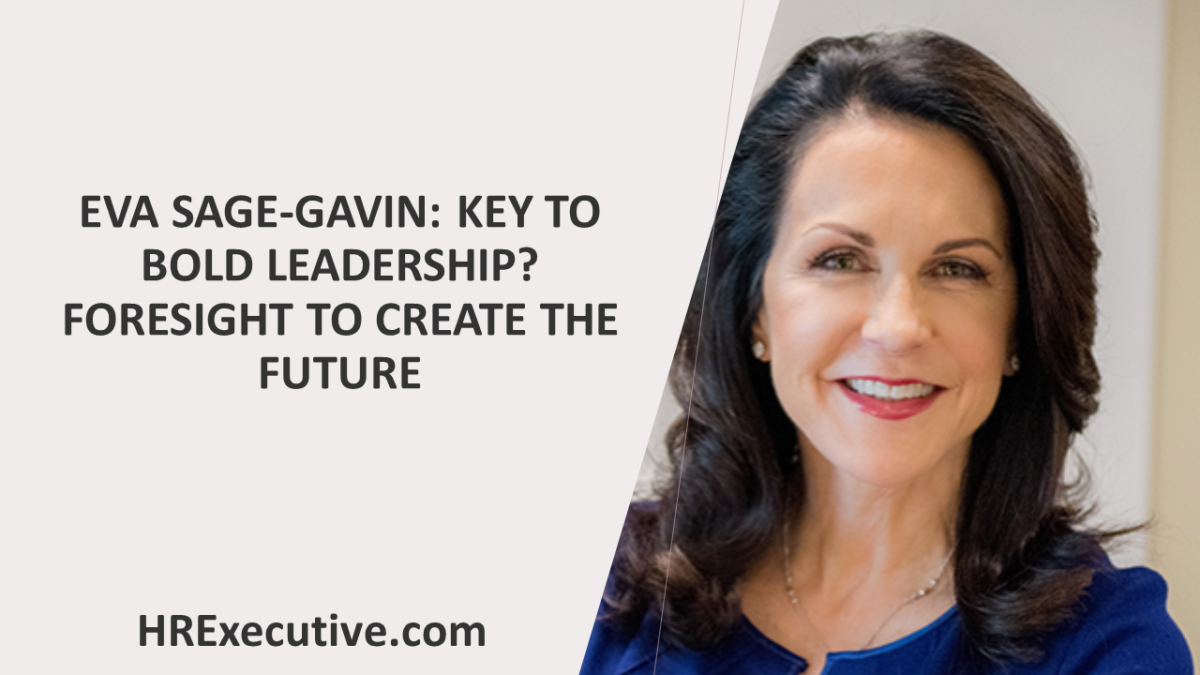Imagine planning a party.
And not just any party. You identified the date, the location and even the mind-blowing theme. You poured over the playlist, the food and an impressive assortment of drink options. You even binge-researched the Silent Disco movement and bought dozens of the newest headphones to impress your party-goers. The day of the party arrives, and …
Nothing. No one shows up. The ice melts as you look in the mirror quizzically, only to realize that you were so caught up in the planning and logistics that you forgot to send out the invitations. You take a selfie to record the saddest disco party ever.
This is the same mistake we often make during transformations. The situation starts with big ideas and the best of intentions, but somewhere along the way, we lose sight of what makes change successful and sustainable—deep and meaningful engagement with others.
For the inexperienced, stakeholder engagement can be intimidating. Careers are often on the line and the pressure to deliver, and impress, is palpable. To help you dance like no one is watching (while knowing everyone is), keep the following in mind:
- Articulate your “why”: As the catalyst for your transformation, it’s critically important to identify a strong “why” statement to galvanize your stakeholders and align the entire organization to a clear, concise, consumable, consistent and memorable purpose. Transformations are difficult journeys, and you will get lost, so having this North Star will guide you back to your core purpose time and time again. There is also the balance between aspiration and fact, so we suggest grounding yourself by tempering the art of the possible within the art of the probable. You know yourself, your people, your organizational readiness and your culture, so reflect on how to keep your “why” from turning into, “…and why are we doing this again?” No one wants to sign up for a party if they’re going to get Rickrolled.

- Think big: Organizations often believe their stakeholder involvement should be small and tightly controlled. More specifically, many feel that because it’s HR’s budget and program, only HR needs to be involved. In our experience, every HR transformation is both a people and a business transformation. As a result, this is a great moment to quantify the impact you will have on candidates, employees, contractors, dependents, people leaders, executives and even alumni. And the bigger you think, the more likely you are to avoid getting blindsided by an influential stakeholder who claims that they cannot possibly apply your outcomes to their location, division, population, architecture or infrastructure. Street parties are fun until someone asks to see your permit.
- Filter and sort: Rather than immediately writing down names for your stakeholder list, take a step back and first think about categorization. You’ll need buy-in from leadership, and that typically means an executive sponsor and likely a steering committee. Depending upon your ambitions, you’ll need meaningful support from the business, with IT and Finance as critical partners for driving and measuring success. There will also be a myriad of end-users and customers, so infusing a wide variety of voices and perspectives for design, validation and testing is key. And if your organization has union representation or workers councils, then coordination, prioritization, strategic planning and approvals will impact the pacing and execution. There are also core teams, workstreams, project management, program management, and governance of external resources and providers to contend with. Finally, there are the team members who are either dedicated or designated to the actual work of the transformation. By thinking through how and when stakeholder groups will be impacted, you gain the necessary perspective on which roles—and named resources—need to be engaged throughout the journey. The perfect party flow rarely happens organically.
- Govern and lead: Now it’s time to think about everyone’s favorite topic: program governance. Your organization has both spoken and unspoken rules of engagement associated with RACIs, executive decision making, procurement guidelines, financial and performance tracking, program tooling, RAID logging, and the rest of what makes a complex program run on time, scope and budget. In addition to securing answers to these questions, you’ll also want to think through how the program will truly function on a day-to-day, week-by-week basis. We’ll focus on this topic in a future column, but your immediate homework is to secure any existing artifacts on ways of working from other internal programs that were both successful AND unsuccessful. The lessons learned from these examples are priceless and the templates likely reusable, particularly within the executive ranks. While your party guests leave thinking their joy was spontaneous, you’ll sleep well knowing you were two steps ahead the entire night.

- Onboard appropriately: Program onboarding is one of the most critical, yet least discussed, areas of focus for complex transformations. Leveraging all the good work above, we must codify the transformation, share tooling and methods, and be crystal clear about roles and expectations. The message should be consistent yet tailored to each audience with a simple summary deck and defined impacts by role. For key stakeholders, schedule one-on-one meetings to be able to ensure alignment, gather feedback, and contemplate any confidential nuances relative to their area of focus or leadership. For larger groups, you may want to hold virtual meetings with recorded sessions, followed by targeted communications and materials. We want to leave each audience member feeling informed, engaged, activated and aware of operational tools and contacts for the work ahead. The disco might be silent, but they’ll know you’re playing their song.
- Keep it going: Stakeholder engagement is always evolving, and most transformations never end. Each stage of your journey requires strategic planning, foresight, change management, communications, learning and more than a dash of agility. Individuals may be added or dropped, and intensity will peak and valley. Take the time to continuously reflect and improve and reengage as often as necessary to drive sustainable impact and behavioral change. When done well, the network effect eradicates key person dependencies as your stakeholders federate key messaging and timely outcomes to every corner of the organization. They may not remember who invited them to the party, but word around town is that everyone will be there. A mindful approach can ensure that you, our gracious host, can even have some fun along the way.
Next Time
It’s easy to talk about how to approach transformation, but it’s not always easy to know where to begin. Next month we’ll focus on the phases of transformation and how to roll up your sleeves to get started.
Author Mark Stelzner and his IA colleague Jennifer Payne will delve into transformation during a pre-event session for attendees of the HR Tech Conference this fall at Mandalay Bay in Las Vegas. Transformation 101: A Playbook for Success will begin at 3 p.m. Sept. 12. For more information or to register, visit hrtechconference.com.
The post How imagining an awesome party can improve your HR transformation appeared first on HR Executive.
